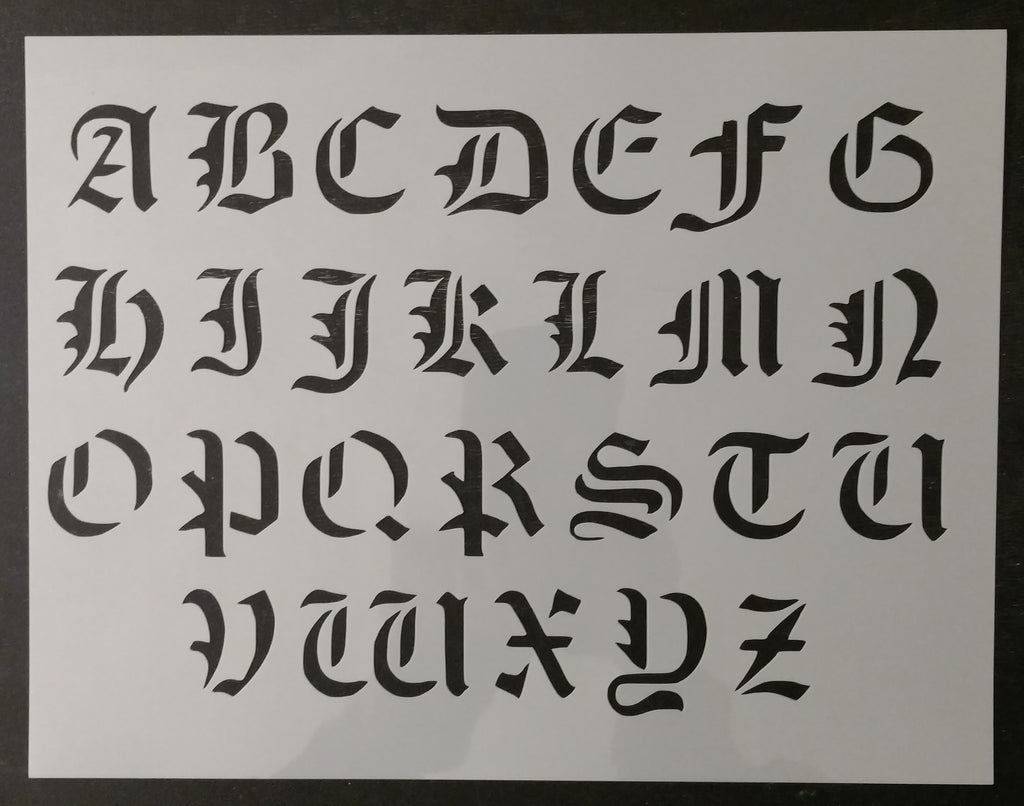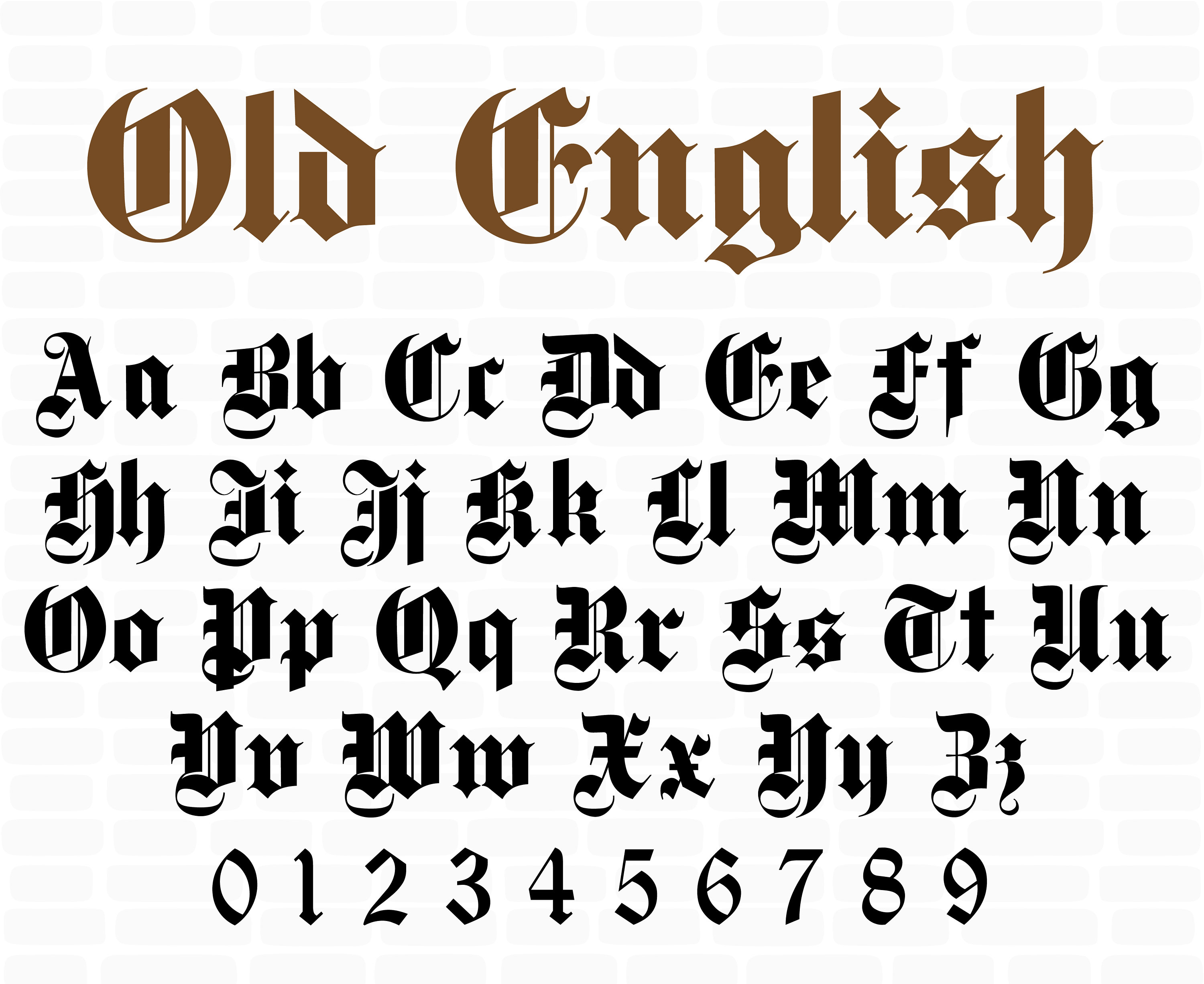
Years passed and the Germans made this font not become so common for printing, since by containing large and very thick strokes, made it quite difficult to read and was not a good choice in reading. At that time, Gothic typefaces were used regularly to print bibles and other types of books, until years later the first brochures and papers began to be printed with these types of fonts. Years later, what we know as variants emerged, and today they are the main ones in their groups, such as the famous Fraktur typeface.

Old English typography evolved on a large scale in the West until the mid-XNUMXth century. The story goes back when, after being created, it was used in one of the first books that were printed, and that were part of Gutenberg. Besides, It also highlights some characters like Gutenberg, which you have probably already heard of in the world of printing and typography creation. It is a font that leaves nothing to be desired, that contains years and years of history and that it is interesting that we show it to you since you will understand its use and applications that have been part of its evolution.

And for this reason, whenever we find an old book, we usually appreciate and see this typography represented in them.

An aspect that has meant a lot in many covers of old books and encyclopedias.

Its name was designed so that there would be no confusion with the English typography that we know, and that is because they are so personal and creative that they maintain that classic and dark side wherever they go.


 0 kommentar(er)
0 kommentar(er)
